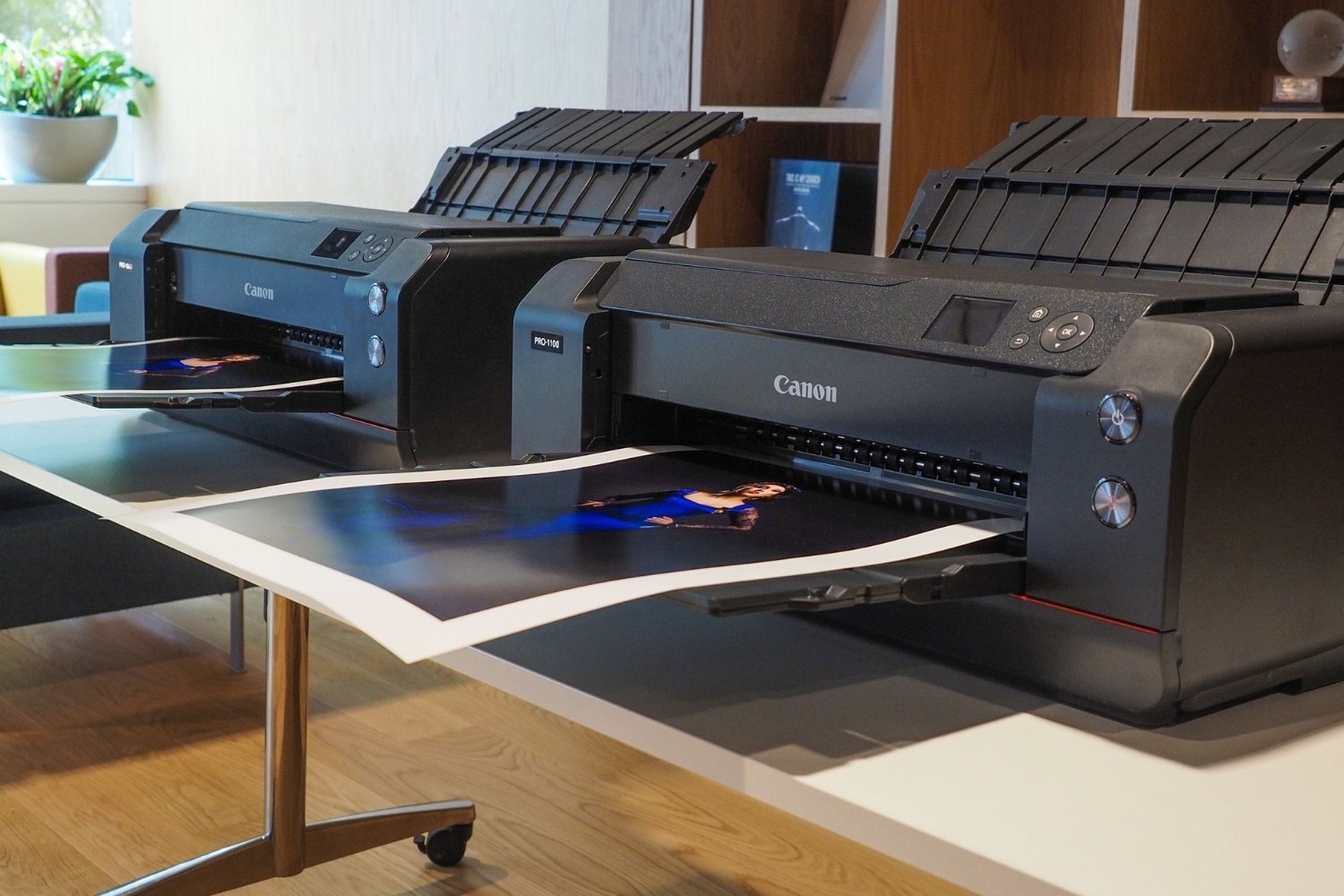
Ever wondered how a photo printer works? These nifty devices have revolutionized how we capture and share memories. From printing family photos to creating professional portfolios, photo printers have become a staple in many homes and offices. But what makes them tick? How do they turn digital images into vibrant, tangible prints? Photo printers use a combination of advanced technology and precise engineering to produce high-quality images. They often employ inkjet or dye-sublimation methods to ensure colors are vivid and details are sharp. Whether you're a photography enthusiast or just someone who loves preserving memories, understanding the ins and outs of photo printers can help you make the most of this amazing technology. Ready to dive into some fascinating facts about these incredible machines? Let's get started!
What is a Photo Printer?
A photo printer is a specialized printer designed to produce high-quality photographs. Unlike standard printers, these devices focus on color accuracy, detail, and print longevity. Here are some fascinating facts about photo printers.
-
Photo printers use specialized ink: Unlike regular printers, photo printers often use dye-based or pigment-based inks. These inks provide vibrant colors and long-lasting prints.
-
Resolution matters: Photo printers typically have a higher resolution than standard printers. Measured in dots per inch (DPI), higher DPI means more detailed images.
-
Different paper types: Photo printers can handle various paper types, including glossy, matte, and luster. Each type affects the final look of the photo.
-
Borderless printing: Many photo printers offer borderless printing, allowing photos to be printed without any white margins.
-
Compact models available: Some photo printers are compact and portable, perfect for on-the-go printing.
How Do Photo Printers Work?
Understanding the mechanics behind photo printers can help appreciate their capabilities. These devices use advanced technology to ensure every print is a masterpiece.
-
Inkjet technology: Most photo printers use inkjet technology, spraying tiny droplets of ink onto paper to create images.
-
Thermal dye-sublimation: Some photo printers use thermal dye-sublimation, which involves transferring dye onto paper using heat. This method produces smooth, continuous tones.
-
Color management: Photo printers often come with color management systems to ensure accurate color reproduction.
-
Multiple ink cartridges: High-end photo printers may use multiple ink cartridges, including light cyan and light magenta, for better color gradation.
-
Print head precision: The print head in a photo printer is designed for precision, ensuring each droplet of ink lands exactly where it should.
Benefits of Using a Photo Printer
Photo printers offer several advantages over standard printers, especially for photography enthusiasts and professionals.
-
High-quality prints: Photo printers produce prints with superior quality, making them ideal for professional photography.
-
Longevity: Prints from photo printers are often more durable and resistant to fading.
-
Customization: Users can customize print settings to achieve the desired look, from color balance to paper type.
-
Convenience: Having a photo printer at home allows for immediate printing without needing to visit a photo lab.
-
Cost-effective: Over time, owning a photo printer can be more cost-effective than repeatedly paying for professional prints.
Popular Photo Printer Brands
Several brands dominate the photo printer market, each offering unique features and benefits.
-
Canon: Known for its high-quality prints and advanced technology, Canon offers a range of photo printers for different needs.
-
Epson: Epson's photo printers are praised for their color accuracy and wide range of compatible paper types.
-
HP: HP photo printers are user-friendly and often come with wireless printing options.
-
Fujifilm: Fujifilm specializes in instant photo printers, perfect for quick and easy prints.
-
Kodak: Kodak's photo printers are known for their affordability and ease of use.
Tips for Getting the Best Prints
To make the most out of a photo printer, follow these tips for optimal results.
-
Use high-quality paper: The type of paper used can significantly impact print quality. Opt for photo paper designed for your printer.
-
Calibrate your monitor: Ensure your computer monitor is calibrated to match the printer's color output.
-
Regular maintenance: Keep the printer clean and perform regular maintenance to avoid clogs and ensure consistent quality.
-
Use original ink cartridges: While third-party cartridges may be cheaper, original cartridges often provide better quality and longevity.
-
Experiment with settings: Don't be afraid to experiment with different print settings to find what works best for your photos.
Final Thoughts on Photo Printers
Photo printers have come a long way. From bulky machines to sleek, portable devices, they've transformed how we capture memories. Quality and convenience are now at our fingertips. Whether you're a professional photographer or just love snapping pics, there's a printer out there for you. Remember, resolution, speed, and cost are key factors when choosing one. Don't forget about connectivity options like Wi-Fi and Bluetooth. These features make printing from your phone or camera a breeze. Also, consider the type of ink and paper you'll need. Some printers use dye-sublimation, while others use inkjet technology. Each has its pros and cons. Lastly, think about the size of the prints you want. Some printers are great for standard sizes, while others can handle larger formats. Happy printing!
Was this page helpful?
Our commitment to delivering trustworthy and engaging content is at the heart of what we do. Each fact on our site is contributed by real users like you, bringing a wealth of diverse insights and information. To ensure the highest standards of accuracy and reliability, our dedicated editors meticulously review each submission. This process guarantees that the facts we share are not only fascinating but also credible. Trust in our commitment to quality and authenticity as you explore and learn with us.
